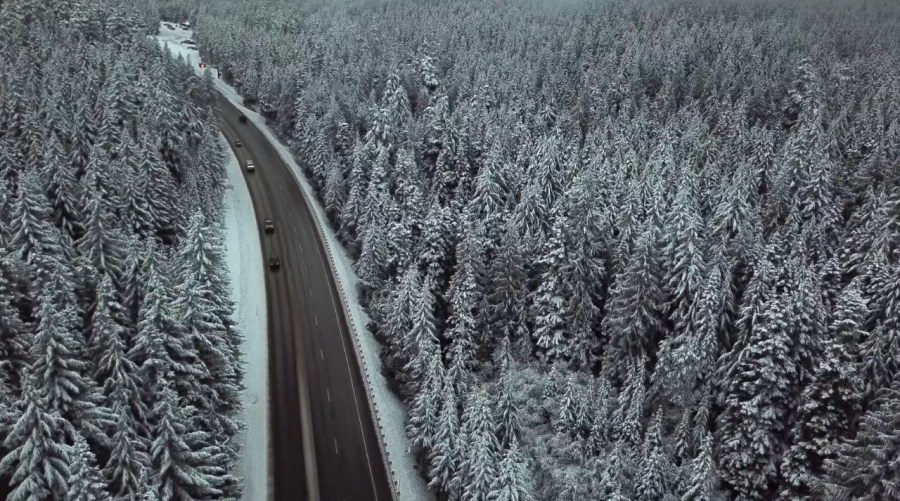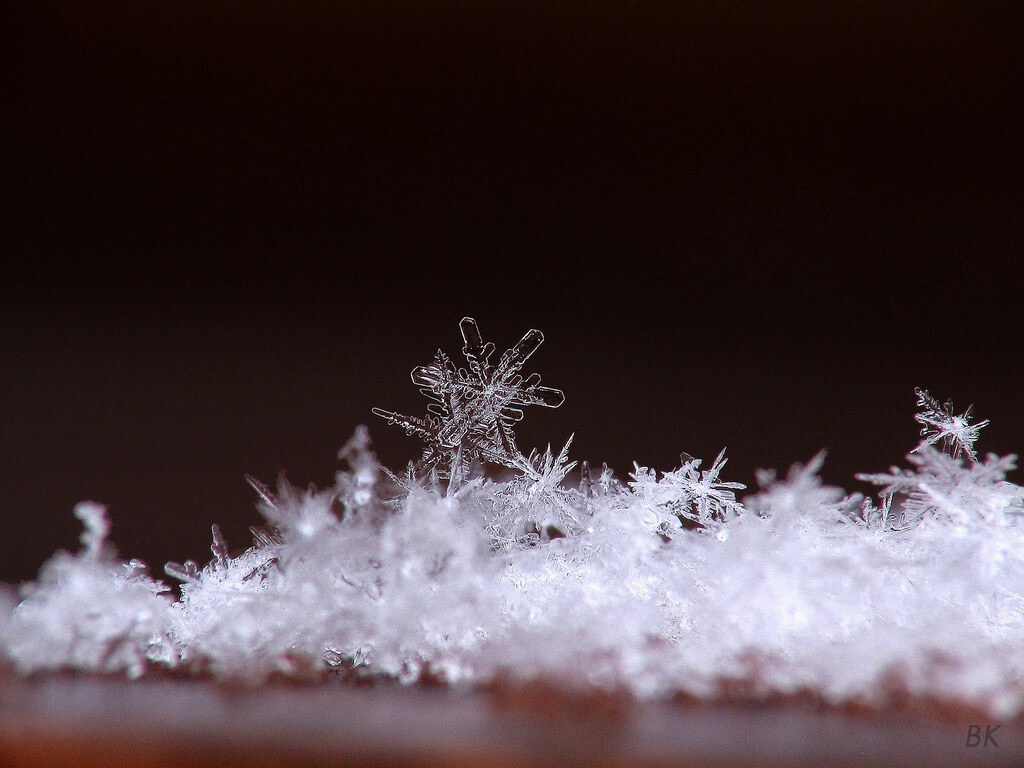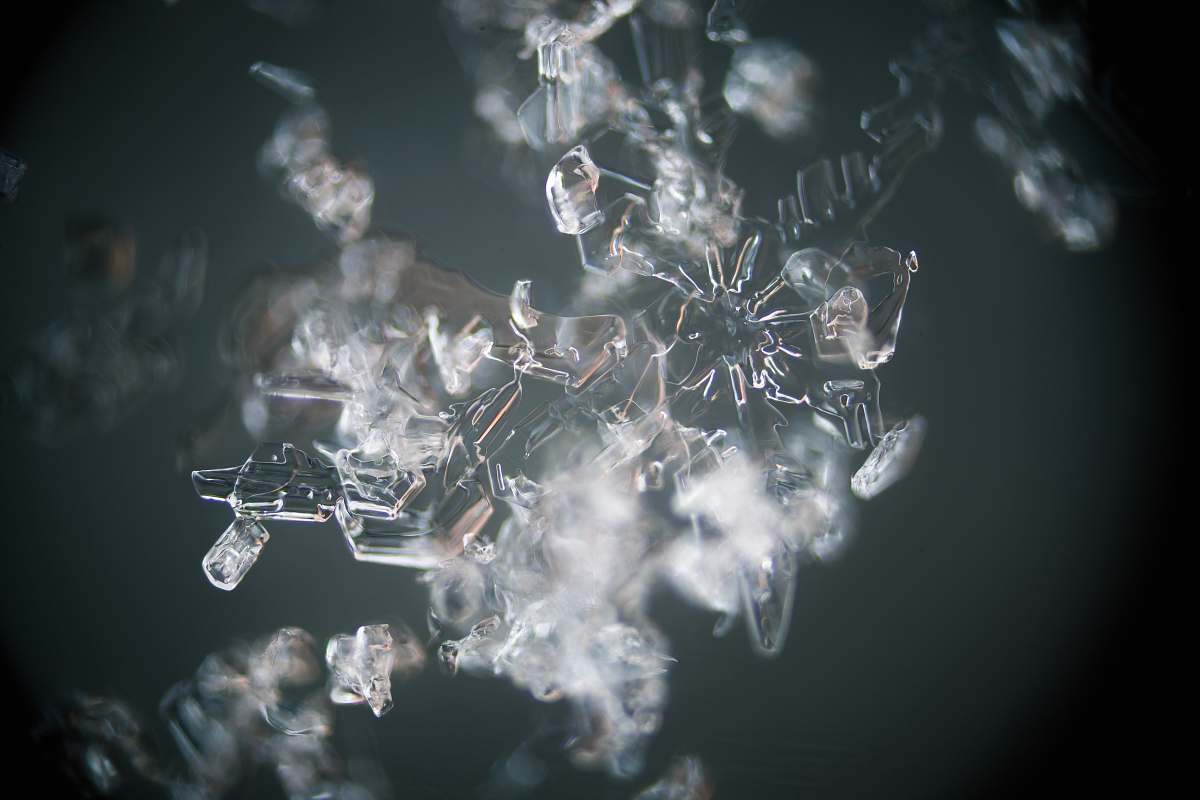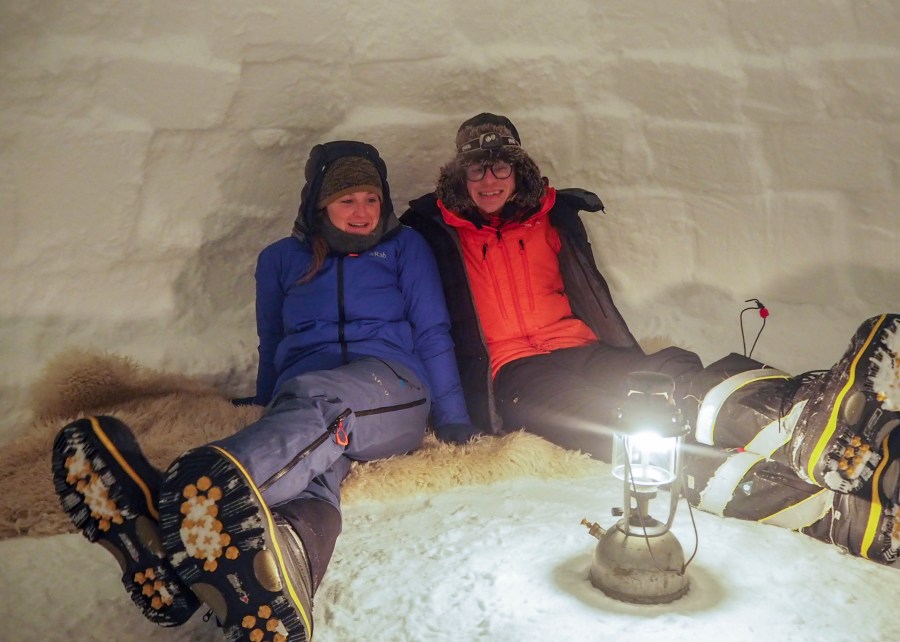
PORTLAND, Ore. (KOIN) – I’ve never started a weather lesson with a photo, but I think it is time we give a try. Why don’t we start with the marvelous snowy scene below, an image of Highway 26 in Government Camp after a fresh snowfall.
There is a lot going on in this photo that you may not be thinking about.

How does the snow impact travel? How much water is actually here? What’s the texture of the snow? When you start thinking about meteorology as a whole, you think about all the things that are happening before, during and after an event. Today we begin with everything that happened before this photo, the process.
FUN THOUGHTS

Do you remember the first time you saw snow? Have you ever caught a snowflake on your tongue? Go ahead and think about some of your favorite memories of snow before we start!

Have you ever thought about the process of snow?
We know from previous weather lessons, that temperature has a lot to do with our precipitation type. We know that the formation has to do with the temperature above our heads and not necessarily at our feet. That definitely holds true with winter weather. We have a lot going on above our heads before we actually see snow on the ground.
STUDY THE GRAPHIC NOW:

Imagine the graphic above as a slice of the sky with a massive cloud! We start at the top and we work our way down to the surface.
One of the first steps that occurs is building up the ice crystals. There is a name for this:
Ice-Crystal (Bergeron) Process – when tiny ice crystals grow in a mixed cloud where both water droplets and ice crystals exist. Ice crystals then absorb the water vapor and grow larger while the water droplets shrink.

Ice crystals develop in many shapes and sizes, but there are common forms to be studied.
Plate, Column, Dendrite, Needle (shapes in the graphic).
The type of crystal that forms is based off the temperature. You can find a chart to the right!
Now the ice-crystal process will initiate precipitation.
What’s the next step then? Well those ice crystals are large enough to fall.
Now as the ice crystals fall they may start to collide and stick together through a process called aggregation.
As those ice crystals fall they will either reach cold air or warm air. In the case that they reach warm air, they’ll melt and turn to rain. In the event that we have a cold winter environment, that precipitation will then fall as snow.
Snow is the collection of snowflakes. Snow is essentially a solid precipitation made of ice-crystals.
A LITTLE EXTRA
Snow is a great insulator! Fresh snow is mostly trapped air. When you pack it together, it will allow for heat to hold. Animals will burrow in the winter and hibernate, a place to stay warm. This is also the same concept that you find with an igloo!

